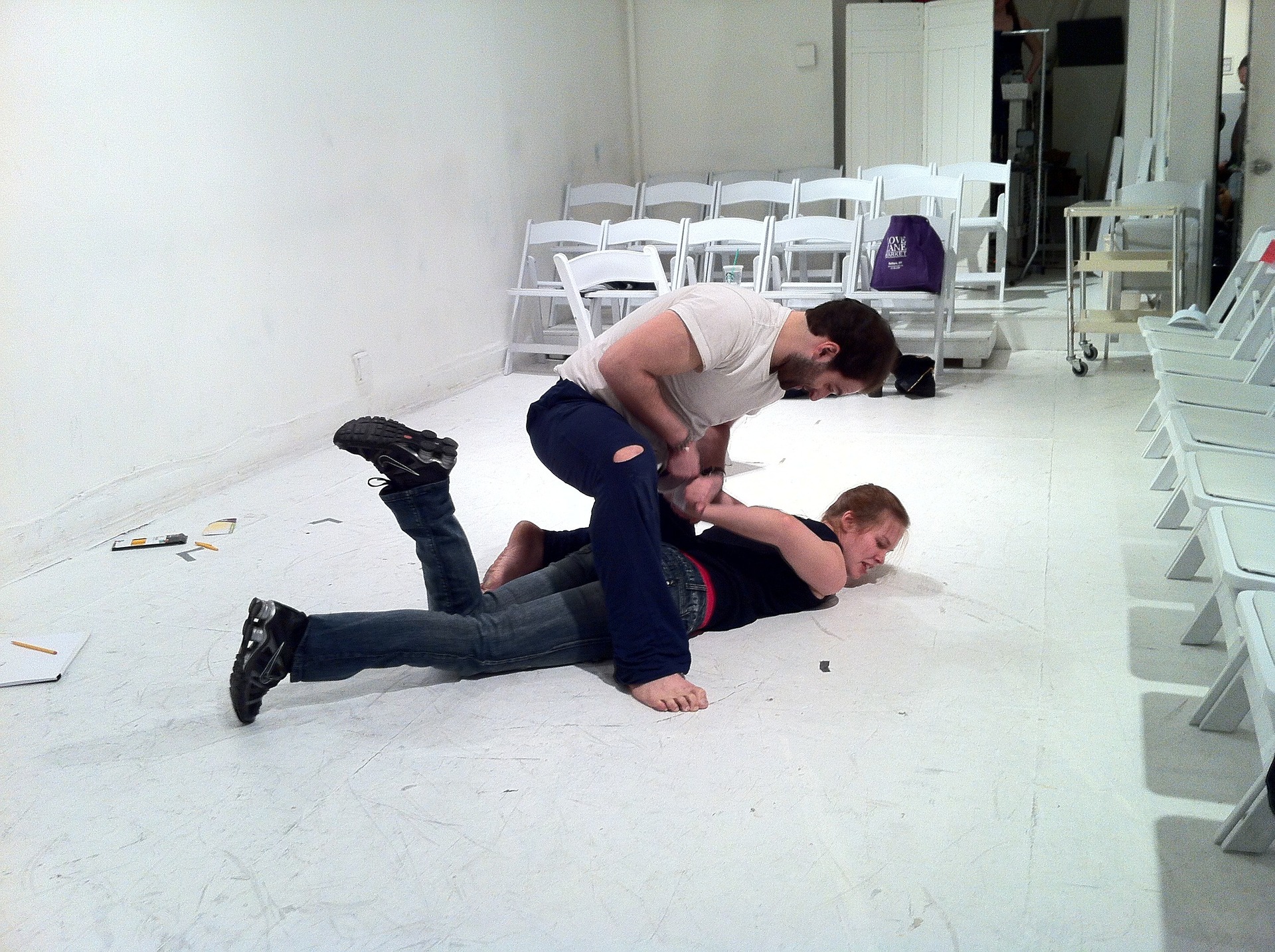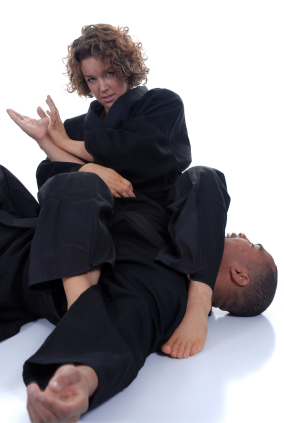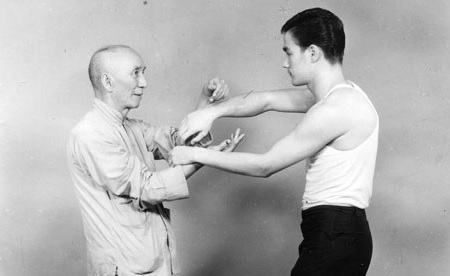I had very young uncles growing up because my mom and dad were the older siblings of their respective families. My uncles were in high school when I was in elementary school. And that means we wrestled all the time. Since I was much younger and much smaller, I always got pinned to the ground. My uncles would sit on me and laugh, poking their fingers into my ribs and face. I was stuck and couldn’t move. They were sitting on the nephew.
In Kempo (aka Karazenpo Go Shinjutsu), the technique is not complete until the opponent is immobilized or submits, yet many students hope the throw, leg hock, or reap is sufficient. You must maintain control during their fall and sit on them as they land, securing a standing pin. This is called seating.
The Takedown
Most often used after a leg hock, the takedown or throw uses your knees to press on the shoulder and the hip of the fallen opponent. Don’t let the opponent fall flat on their back nor to brake fall. During the floating portion of your hock, you secure the arm and prepare to sit. As the opponent hits the ground, you immediately use your knees to pin. You can alter the points to include a knee to the throat or face.
The Pin
As you apply pressure with the seating, crank the arm into an arm lock or seek a submission hold. Holding down the shoulders, the hips, and an arm-lock will secure the opponent’s defeat. You can use the arm lock to induce pain if the opponent tries to squirm out of control. Teach the opponent proper manners with pressure on the elbow across your knee.
The Submission
A painful submission grounds the opponent, restricting them from starting a counter. The weight of their own body traps the grounded arm and leg. Your seating checks the free arm and leg from attacking or defending. Always find ways of using the ground as a tool or point of leverage; it can be your greatest weapon.
Remember to “sit on the job” and apply seating concepts to the finishing moves the next time you’re working on self-defense techniques. The goal is to immobilize or submit your opponent. The third option is to knock out your opponent. Without bringing the confrontation to one of these three goals—immobilize, submit, or knock out—you won’t be safe. Never trust your opponent to play fair or respect a tap-out.
Are you tired of sitting on the couch wondering if you could be the next Jackie Chan or Jet Lee? Did you realize that the White Belt is higher than someone who doesn’t start? Join our class and learn how to knock down larger opponents, pin them to the ground, and get them to cry, Uncle. Join today.




